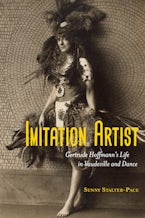
Imitation Artist
Gertrude Hoffmann's Life in Vaudeville and Dance
Published by: Northwestern University Press
Imprint: Northwestern University Press

Published by: Northwestern University Press
Imprint: Northwestern University Press